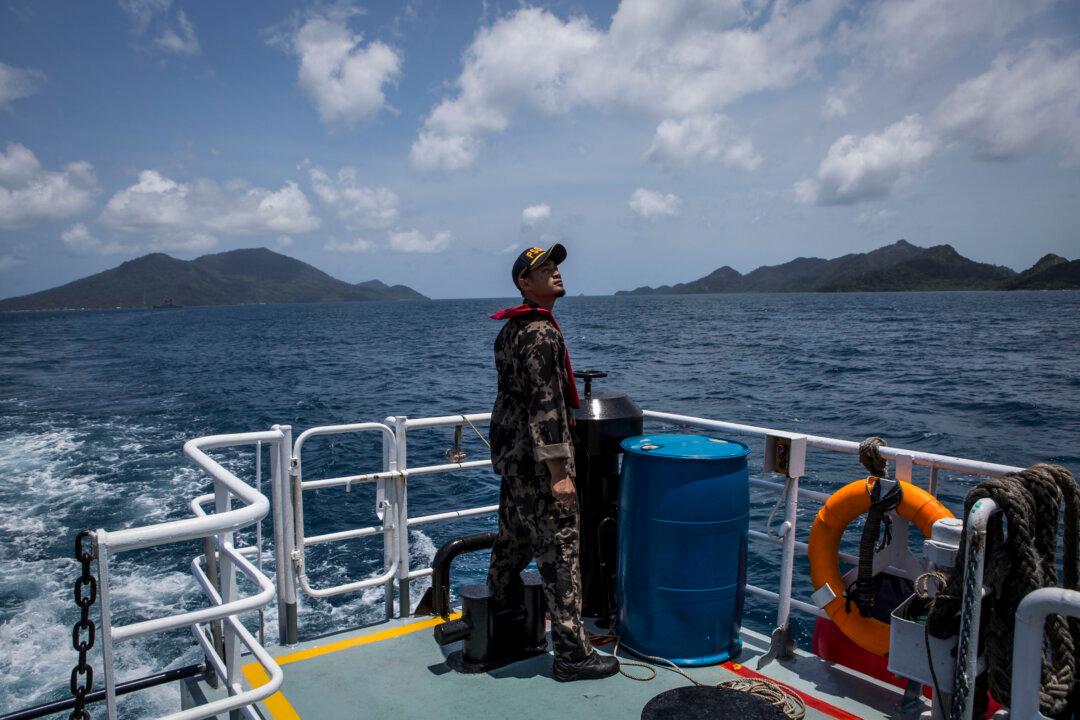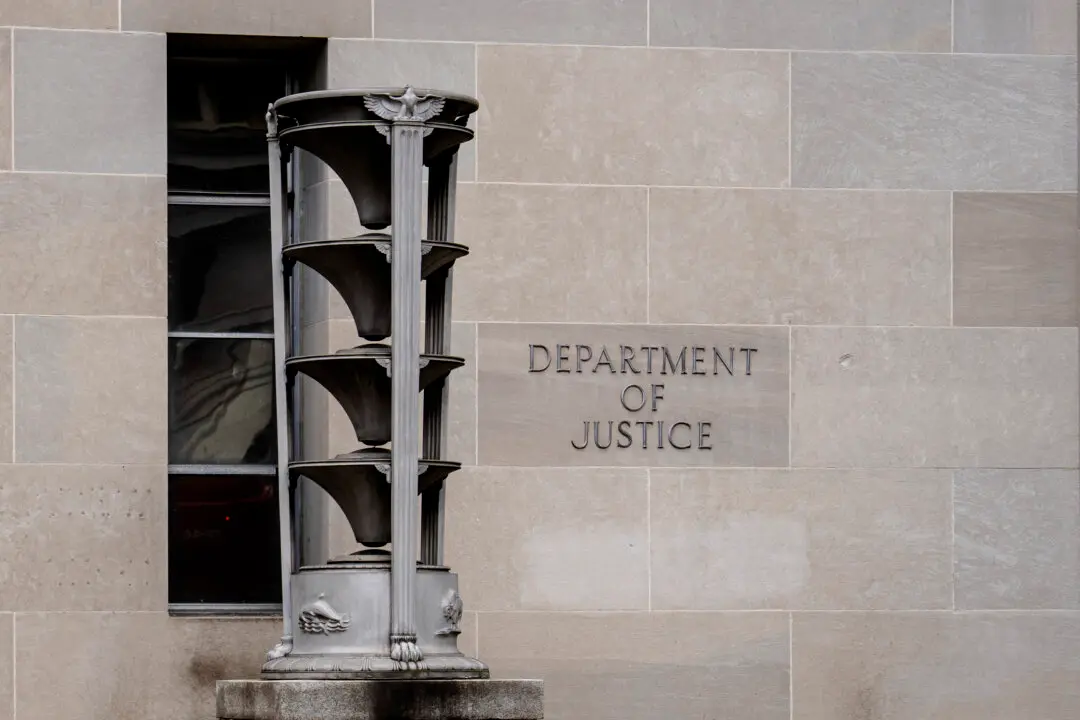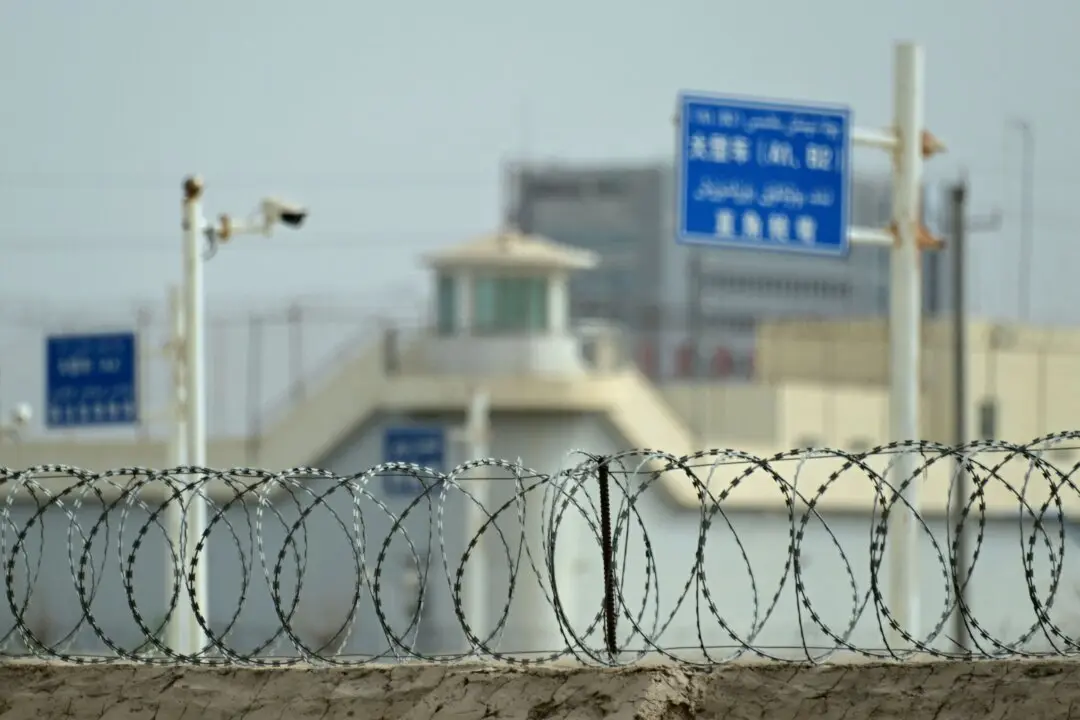Indonesia on Jan. 2 approved the initial plan to build the Tuna offshore gas field near its maritime border with Vietnam in the contested South China Sea, which will be used to export natural gas to Vietnam in 2026.
SKK Migas, the country’s upstream oil and gas regulator, said that the Tuna field will cost about $3.07 billion and is expected to produce at least 115 million standard cubic feet per day by 2027.





